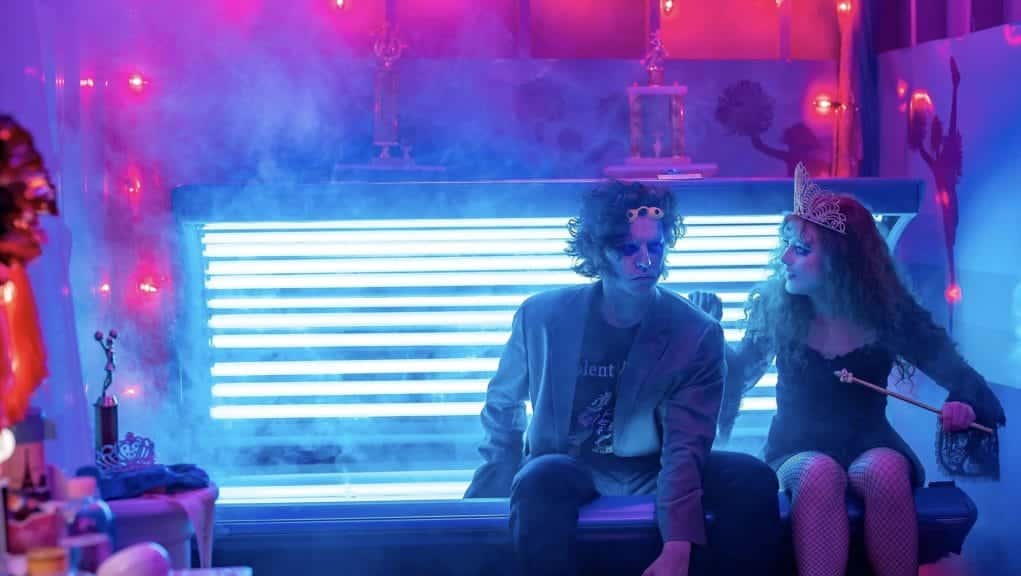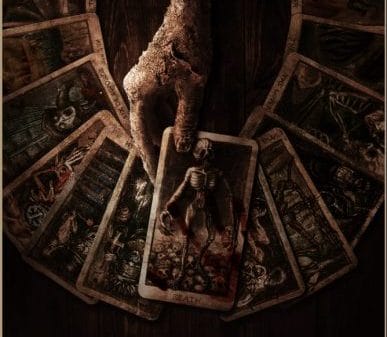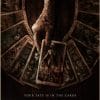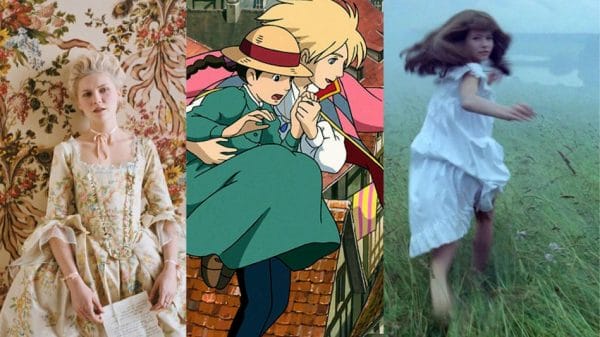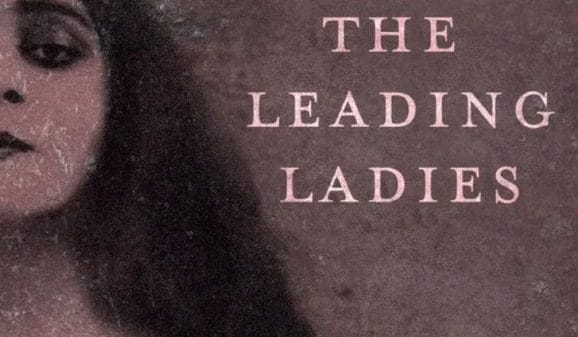The teen film, or coming-of-age genre, alternates between producing ultimate classics and spinning out direct-to-Netflix garbage. The spectrum ranges from the soaring success of Ferris Bueller’s Day Off to box office flops like Kissing Booth. Once every few decades, a brilliant young screenwriter emerges to become the voice of a generation. A voice like that becomes a messiah for misanthropic, disaffected teens; the people that create the modern-day Holden Caulfields of cinema. Giants from the teen film genre include John Hughes, John Waters, Richard Linklater, and Cameron Crowe. And now, Diablo Cody, screenwriter of Lisa Frankenstein.
Gen Z’s screenwriting titan for all young adults that find themselves weird, funky, and esoteric is Academy-Award Winner Diablo Cody. Cody has lived a thousand lives and each experience makes her a stronger writer. From rollercoaster enthusiast, to stripper, to blogger, to author, to writing scripts that have garnered Emmys, Tonys and an Oscar, Diablo Cody doesn’t quit. Her first success in writing was her 2005 memoir, Candy Girl: a Year in the Life of an Unlikely Stripper. Now, she is remembered as the screenwriter of contemporary mega-hits like Jennifer’s Body (2009), Juno (2007), and more. Lisa Frankenstein is merely the most recent iteration of Cody’s freaky, lost girls.
Meet the Woman Behind the Page: Diablo Cody
Diablo Cody pulls from the traditions established by the last generation of quirky screenwriters, but uses girl traditions instead. Let’s not even call them girl traditions; let’s call them the rules of girlhood. She gives advice to follow these unspoken rules like navigating friendships, having the coolest-looking bedroom, curating the most bizarre and gorgeous wardrobe, and doing all you can to make other people take you seriously.
Cody’s writing style can be defined by how she shows young viewers the scary things about life done in an honest way. She happily attacks the hardest things teens struggle with like girl drama, friend breakups, reanimating dead Romantic pianists and teen pregnancy with grace (and a little bit of camp). As a result, many young women see Diablo Cody as a hero for the weird girls everywhere.
Manic Pixie Nightmare Girl
If you ask me, Diablo Cody has created a modern film trope more powerful than she could ever imagine: the Manic Pixie Nightmare Girl. Old school teen-type movies often follow a lousy, lazy boy chasing after an unattainable Manic Pixie Dream Girl. The term Manic Pixie Dream Girl was coined in 2007 by Nathan Rabin in an article for AV Club about the film Elizabethtown. In the article, Rabin defines the Manic Pixie Dream Girl like this:
“The Manic Pixie Dream Girl exists solely in the fevered imaginations of sensitive writer-directors to teach broodingly soulful young men to embrace life and its infinite mysteries and adventures. The Manic Pixie Dream Girl is an all-or-nothing-proposition. Audiences either want to marry her instantly (despite The Manic Pixie Dream Girl being, you know, a fictional character) or they want to commit grievous bodily harm against them and their immediate family.”
Nathan Rabin
It seems Diablo Cody writes girls that an audience want to marry even though they might commit grievous bodily harm against them and their immediate family. Thus, the Manic Pixie Nightmare Girl is born. This archetype is the monster that hides under the pink frilly bed. She will talk shit about you behind your back and treat you to a coffee the next day. Her dark humor will make you shift in your seat with agony. She is much hotter than you. And if she plays her cards right, she might even kill you behind the 7/11 before the night is up.
A chick like that is definitely not in the narrative to “teach broodingly soulful young men to embrace life and its infinite mysteries and adventures.” Diablo Cody takes weird dorky girls and makes them the star of the show instead. Sometimes, these girls even engineer their own downfall. Let’s review some Diablo Cody heroines.
Jennifer’s Body (2009)
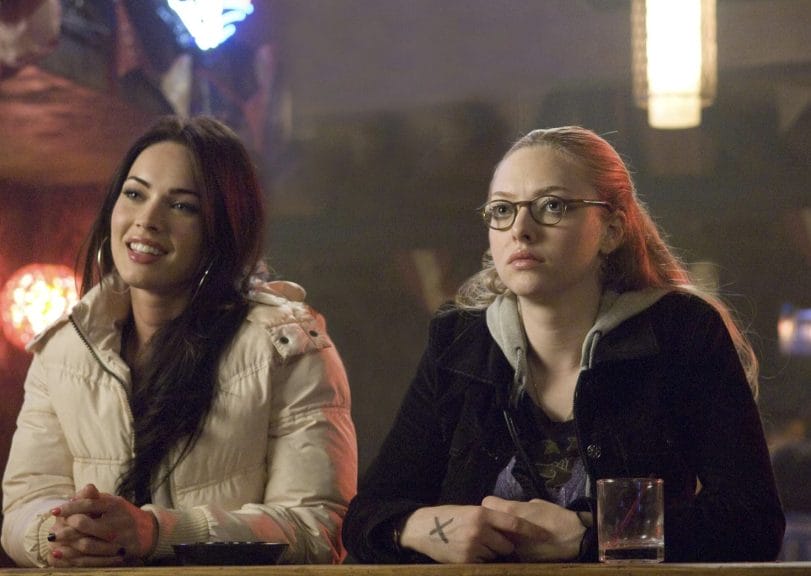
Jennifer Check (Megan Fox) and Needy Lesnicky (Amanda Seyfried) are probably Cody’s most recognizable disaster chicks. The two menaces of Devil’s Kettle, Minnesota are the most extreme example of the Manic Pixie Nightmare Girl. In the film, nerdy Needy watches her cheerleader BFF, Jennifer, transform into mean girl of the century after a band of 2000s alt-rockers attempt to sacrifice her to the devil for success. After the ritual goes wrong, Jennifer becomes a real maneater (literally).
The only one capable of being equally as terrible as Jennifer, and therefore capable of stopping her diabolical succubus streak, is Needy. Girl friendships lasting since kindergarten are hard, especially when both parties are Manic Pixie Nightmare Girls hellbent on killing each other. Devil’s Kettle is not big enough for the two of them. If that isn’t the truth of girlhood, I don’t know what is.
Lisa Frankenstein (2024)
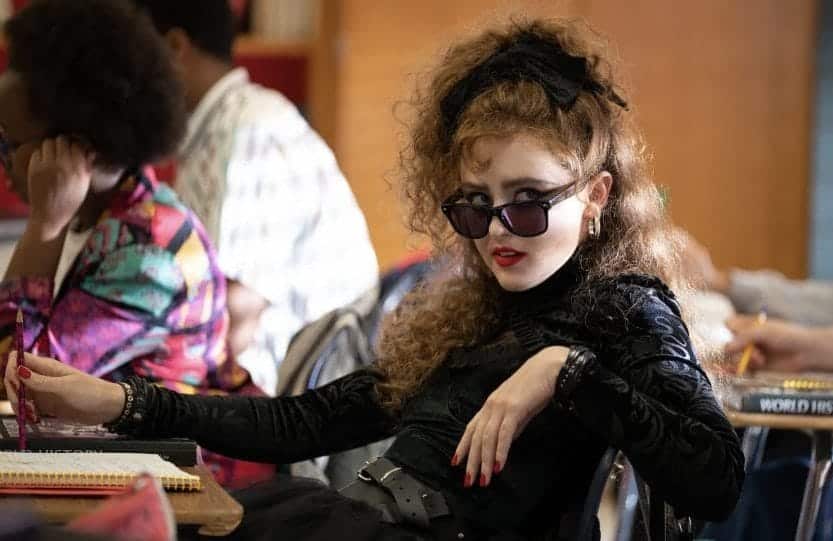
In Cody’s newest film, Lisa Swallows (Kathryn Newton) is identified as a geeky weird girl right from the beginning. This budding goth chick is not like anyone else in her family. She takes etchings of gravestones and even her drug-induced hallucinations are based on French and German silent films no one has ever heard of (and beer). She likes being the outsider. The situation quickly escalates when she inadvertently helps bring a Romantic-era pianist (Cole Sprouse) back to life. Oh, and that reanimated corpse? He’s in love with Lisa.
The two go on a killing spree to get new body parts for Lisa’s Creature and annihilate the people that wronged Lisa. All the while, Lisa navigates crummy parents, the boys she likes, and what it means to have a sister. She also uses a tanning bed to help revive her dead boy a little bit at a time.
Like Jennifer in Jennifer’s Body, dear Lisa becomes objectively hotter and hotter as she becomes more… evil. What is so interesting about this is that Diablo Cody creates a world where a teenage girl’s attractiveness, monstrousness, and comfort in being themselves are all linked. Lisa and Jennifer express themselves by both murder and fashion as visual markers of the character’s growth.
How’s that for Manic Pixie Nightmare Girl?
Juno (2007)
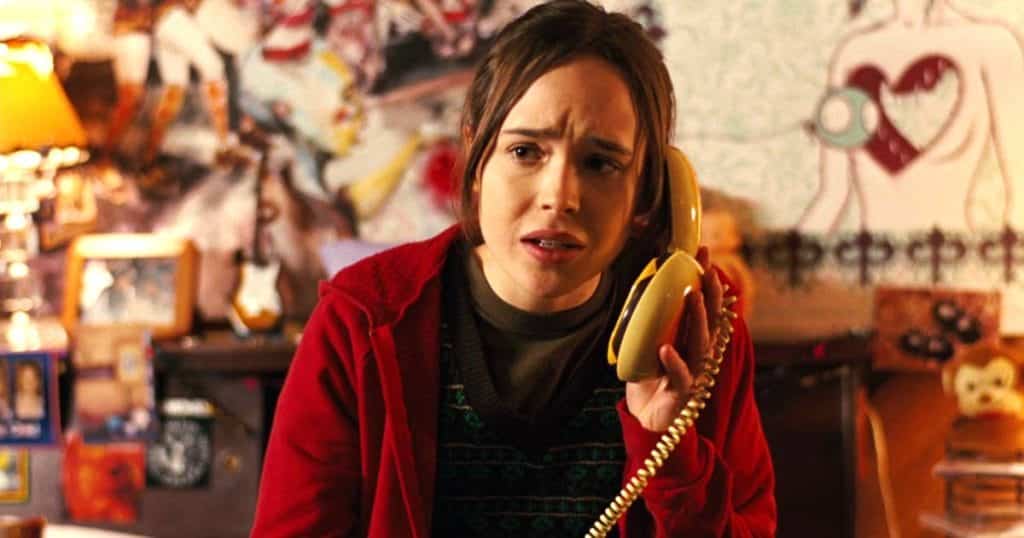
Diablo Cody’s Oscar-winning script, Juno, does not feature cannibalism or the reanimation of corpses. It follows high schooler, Juno MacGuff (Elliot Page), who finds out that she is pregnant. Juno attempts to get an abortion, but decides to keep the baby at the last minute. The film follows her relationship with the baby’s father, Paulie (Michael Cera), and the family that intends to adopt the baby when it is born.
Juno is still a Manic Pixie Nightmare Girl in my opinion, even if she isn’t a murderer. Her weird unabashed dorkiness shines through. The tone of the movie is bright, but the humor is bleak. Juno is the king of dark, disgusting, deadpan humor. Plus, in the image above, the room is chock-full of Juno’s weird collectibles, stolen furniture, and unusual clothing. Another writer would have centralized Cera’s character, Paulie, and turned Juno into the Dream Girl counterpart of Nightmare Girl. Fortunately, Cody is sticking with Juno.
United States of Tara
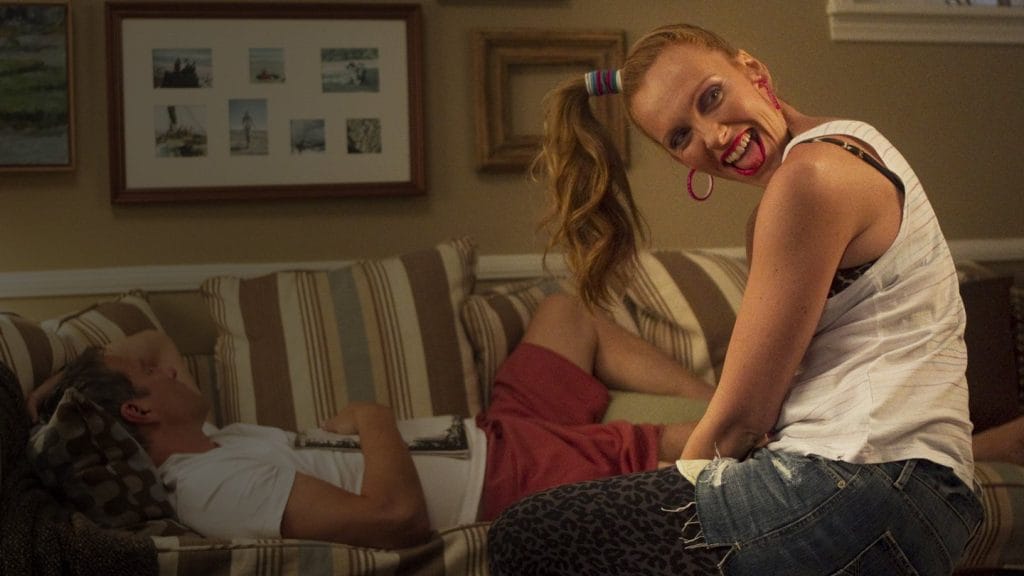
Is the Manic Pixie Nightmare Girl allowed to grow up? Yep! Meet Tara.
United States of Tara, Cody’s first exploration into writing for TV, follows a mom named Tara (Toni Collette), her two teenage kids, her husband, and her neighbors in suburbia. Tara is trying to keep her family afloat, but as old stressors return, so do her triggers for her dissociative identity disorder (D.I.D). Tara has seven other “personalities” or alters that take the spotlight when she is in need of some form of protection.
The Manic Pixie Nightmare Girl comes out not because Tara struggles with an ailment that makes her a monster, but because one of those alters is a kooky, greedy, bitchy sixteen-year-old girl named T who wants so desperately to be cool. Tara’s teenage disaster of a daughter, Kate (Brie Larson), is also totally a Manic Pixie Nightmare Girl who will chew people up and spit them out without a moment’s hesitation (metaphorically, this time). T and Kate are very much mirrors of each other and T’s purpose is potentially related to Tara coping with her own daughter.
Diablo Cody writes Tara with empathy as her mind pulls her sense of self apart and her alters attempt to protect her from perceived threats anyway they know how.
What Makes Diablo Cody’s Style so Recognizable?
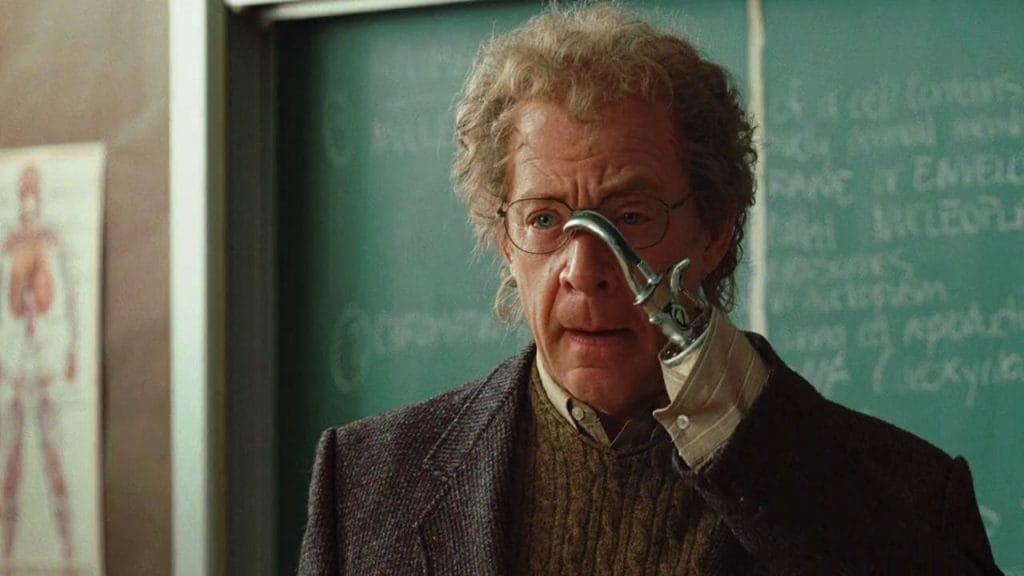
When a screenwriter gets good, it is because they figure out how they handle their attention to detail to show a director what they mean in a script. John Hughes buried Beatles references in his films. Diablo Cody gives her characters hookhands and hamburger phones. There are a bunch of weird details like those that serve no purpose to the plot and are rarely acknowledged or explained. Diablo Cody’s greatest success is her attention to detail. She brings the things that she herself loves to the page. That intimate knowledge of really obscure and niche things makes her text glow.
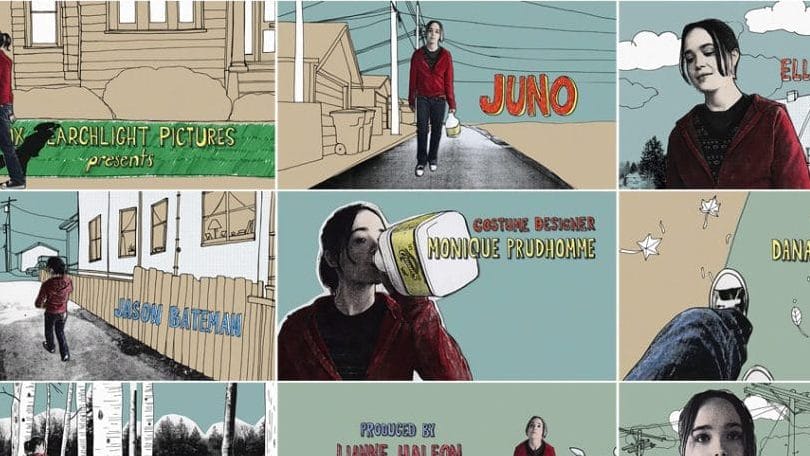
Many of her films, like Juno and Lisa Frankenstein also feature animated title sequences. Not only are they fun and unexpected, but they nicely set the tone for a particular film. The Juno title sequence, as seen above, is a sort of stop-motion series of photographs of Elliot Page’s Juno walking between home and the grocery store. It mythologizes the suburban setting and lets the viewer know what they’re about to be in for. Lisa Frankenstein‘s animated titles are ripped straight out of an early Tim Burton film. The titles give a hint of story, but are gothic and whimsical too. Just like the film itself.
Between the A-List casts, the amazing soundtracks, and Manic Pixie Nightmare Girls that are doing their best to make it in their worlds, Diablo Cody uses larger-than-life situations to show the hard truths of girlhood. She shows girls (and women) in a cool way; a way that women want to see themselves represented on the screen. Finally, there are coming-of-age movies that showcase how hard it is for girls to grow up. Sometimes, the situations we find ourselves in are truly unbelievable, but we keep seeming to make it out alive. Sometimes covered in blood and burn marks, but Diablo Cody’s girls do often, too.


